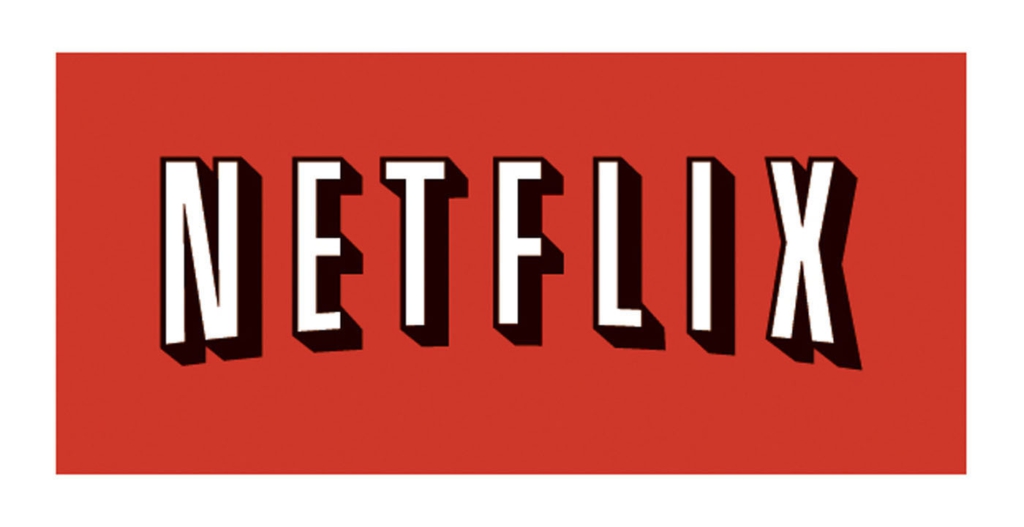by Jeffrey Kleintop, CFA® Managing Director, Chief Global Investment Strategist, Michelle Gibley, & Heather O'Leary, Charles Schwab & Co., Inc.
Earnings growth, a driver of long-term stock market performance, seems to be expanding beyond a handful of U.S. equities, supporting more broad-based market performance.
Performance since current bull market began on October 12, 2022

Source: Charles Schwab, Macrobond, S&P Global, MSCI as of 4/5/2024.
Past performance is no guarantee of future results. All corporate names and market data shown above are for illustrative purposes only and are not a recommendation, offer to sell, or a solicitation of an offer to buy any security. Supporting documentation for any claims or statistical information is available upon request. Indexes are unmanaged, do not incur management fees, costs and expenses and cannot be invested in directly.
Earnings
Earnings gap supporting Mag7 may reverse by year-end

*FactSet-tracked analyst consensus earnings growth estimates as of 4/1/2024.
Magnificent 7 includes: Alphabet, Amazon, Apple, Meta, Microsoft, NVIDIA, and Tesla.
Source: Charles Schwab, FactSet data as of 4/1/2024. Past performance is no guarantee of future results. All corporate names and market data shown above are for illustrative purposes only and are not a recommendation, offer to sell, or a solicitation of an offer to buy any security. Supporting documentation for any claims or statistical information is available upon request.
Analysts' outlook for broadening earnings growth beyond the Mag7 is supported by the Global Manufacturing Purchasing Managers' Index (PMI) rising to 50.6 in March. That release marked the second month in a row above 50.0, the dividing line between growth and recession, after spending 18 months below 50—the longest stretch since the data began nearly 30 years ago. Historically, when the global manufacturing PMI is below 50, analyst's earnings estimates for the next 12 months are typically falling and when it is above 50 they are rising, as you can see in the chart below.
Manufacturing recovery signals earnings rebound

Source: Charles Schwab, Macrobond, S&P Global, as of 4/5/2024.
Global Manufacturing PMI level advanced three months to illustrate correlation. Past performance is no guarantee of future results.
Concentration
Concentration risk

Percent total return measured from October 12, 2022 through April 4, 2024.
Source: Charles Schwab, Bloomberg data as of 4/5/2024. Indexes are unmanaged, do not incur management fees, costs and expenses and cannot be invested in directly. Past performance is no guarantee of future results.
Valuations
Valuation gap may begin to close

Source: Charles Schwab, FactSet data as of 4/5/2024.
The price-earnings ratio, also known as P/E ratio, is the ratio of a company's share price to the company's earnings per share and is a measure of valuation. All corporate names and market data shown above are for illustrative purposes only and are not a recommendation, offer to sell, or a solicitation of an offer to buy any security. Supporting documentation for any claims or statistical information is available upon request.
Copyright © Charles Schwab & Co., Inc.














